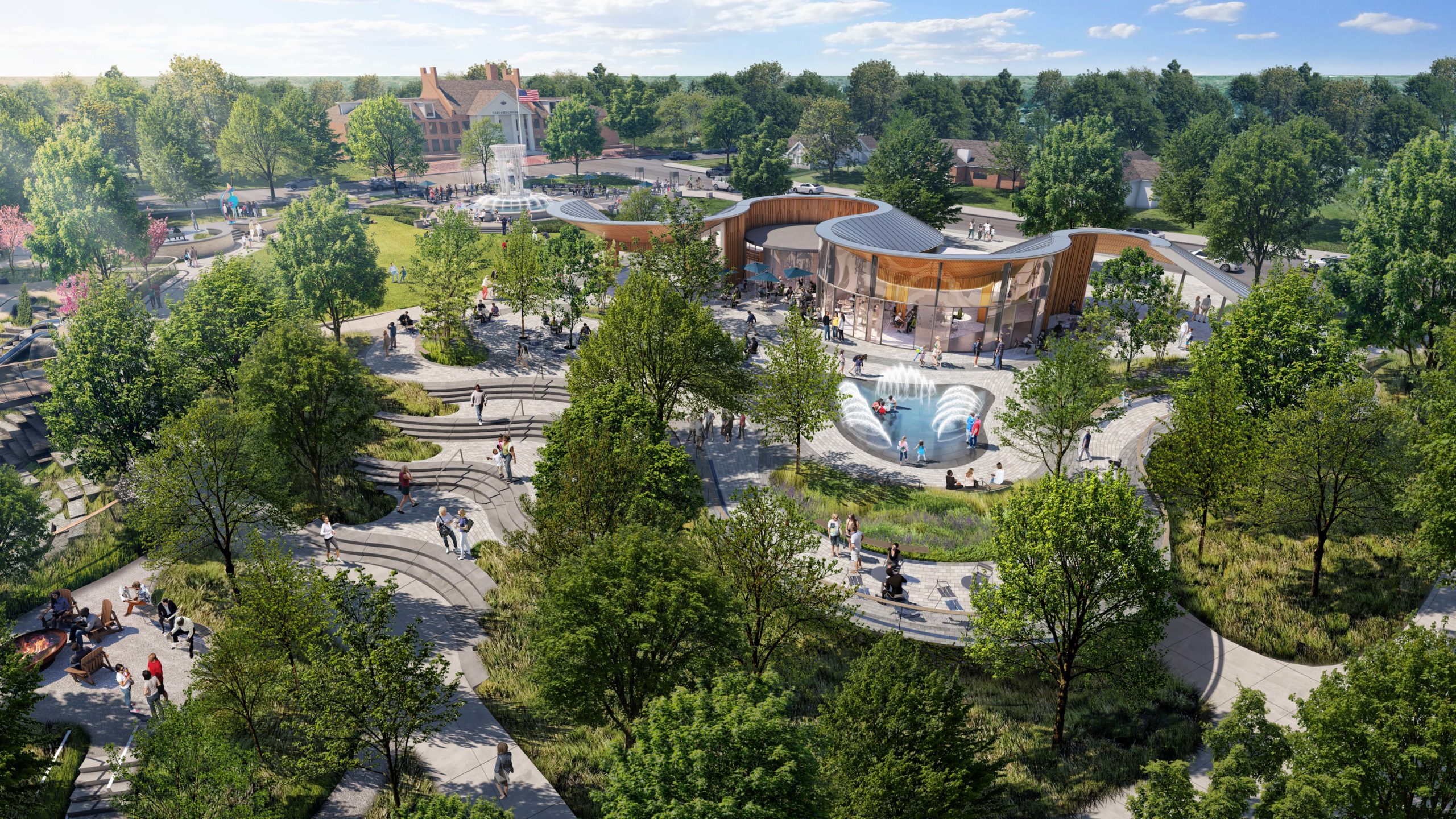
The US Department of Energy (DoE) has approved the commencement of construction of the PIP-II project in Batavia, Illinois, US.
PIP-II project is the short for Proton Improvement Plan II, which is expected to produce the most intense beam of neutrinos in the world.

Discover B2B Marketing That Performs
Combine business intelligence and editorial excellence to reach engaged professionals across 36 leading media platforms.
The project is an essential upgrade to accelerator complex at Fermi National Accelerator Laboratory.
The $600m project will include equipping the accelerator with advanced superconducting and high-power radio frequency systems.
This approval builds on the March 2021 permission for a preliminary construction start, which allowed work on main elements requiring longer preparation times.
Fermilab director and former PIP-II project director Lia Merminga said, “We are elated to have reached this crucial step for PIP-II.

US Tariffs are shifting - will you react or anticipate?
Don’t let policy changes catch you off guard. Stay proactive with real-time data and expert analysis.
By GlobalData“Our team around the world has worked tirelessly to prepare for this moment. The planning has paid off, and we are excited to move into the construction phase, knowing it will make incredible new science possible.”
Being the first particle accelerator constructed in the US, PIP-II will see contributions from international collaborators.
Institutions in France, India, Italy, Poland, the UK and the US will combine their expertise and capabilities in superconducting radio frequency and related technologies to build the particle accelerator at Fermilab.
After its completion, Fermilab will be able to produce proton beams more than 1MW, which would be 60% higher than the present capabilities.
One important use of the beam will be to produce neutrinos for the international Deep Underground Neutrino Experiment (DUNE) hosted by Fermilab.
Former Fermilab director Nigel Lockyer said, “Fermilab’s accelerators powered experiments that made significant breakthroughs over the past 50 years.
“The formal construction start for PIP-II means we are one step closer to enhancing our facilities and supporting the next 50 years of physics discoveries.”
PIP-II is anticipated to be finished in the late 2020s.
Construction of the building, which will feature cryogenic plant, a contribution from a PIP-II partner agency, India’s Department of Atomic Energy, and utilities for the superconducting accelerator, are almost finished at Fermilab.
———————————————————————————————————–
Image: The $600m project will include equipping the accelerator with advanced superconducting and high-power radio frequency systems. Credit: Fermi National Accelerator Laboratory/US Department of Energy.




